A defense can often carry a team to a national championship, but in College Football 25, you’re only going to be as good as your own quarterbacking skills.
Running through the open field after an RPO play is nice and all, but you’re going to need to move the ball through the air eventually. Getting the best ball placement and hitting the highlight reel back-shoulder throw is a big step in upping your game.
The default options in CFB 25 are playable, but the real fun is had when you get into the game’s settings and tweak controls and options to your own liking. Passing in CFB 25 is way different than before, so it’s one of the options most worth checking out.
Here’s our suggestion for the best passing settings in CFB 25.
Best passing style in College Football 25
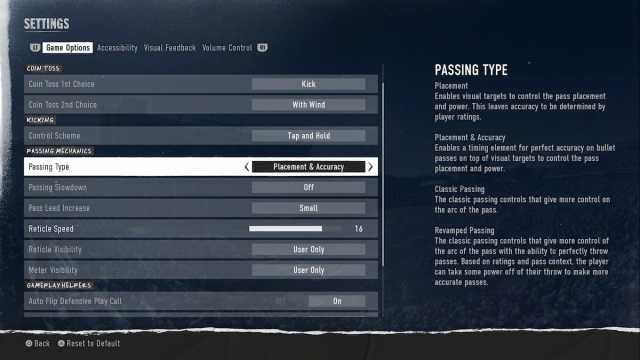
The Passing Mechanics settings can be found in the Settings menu under Game Options. From here, you can tweak how passing works in CFB 25 to better suit your needs and playstyle. Here are our suggestions for the best settings.
- Passing Type: Placement & Accuracy
- This is the single most important setting. We prefer this one ourselves, but others enjoy the new Revamped Passing setting. With Placement and Accuracy, I feel like the timing of the meter is easier to use than relying on the ratings of the current QB.
- Passing Slowdown: Off
- We recommend turning this setting off completely as the slowdown feels unnecessary, especially in the quick-paced college game.
- Pass Lead Increase: Small
- The smaller the pass lead increase, the less likely you’ll be to overthrow your receivers when the reticle on the throwing meter is maxed out. This gives you more room for error when it comes to charging up the throwing reticle.
- Reticle Speed: 16
- The regular reticle speed is way too slow, and I feel like 16 is a good middle-ground between too slow and unmanageably fast.
- Reticle Visibility: User Only
- Meter Visibility: User Only
Again, these are mere suggestions. We also suggest experimenting with different Passing Type settings to see which you prefer. But after trying out multiple options, this is the group of settings we settled on.
These settings took multiple games of playing, struggling, refining, and tuning to figure out what worked best for us, so use these settings as a guideline to tweak your own until you find the most success.


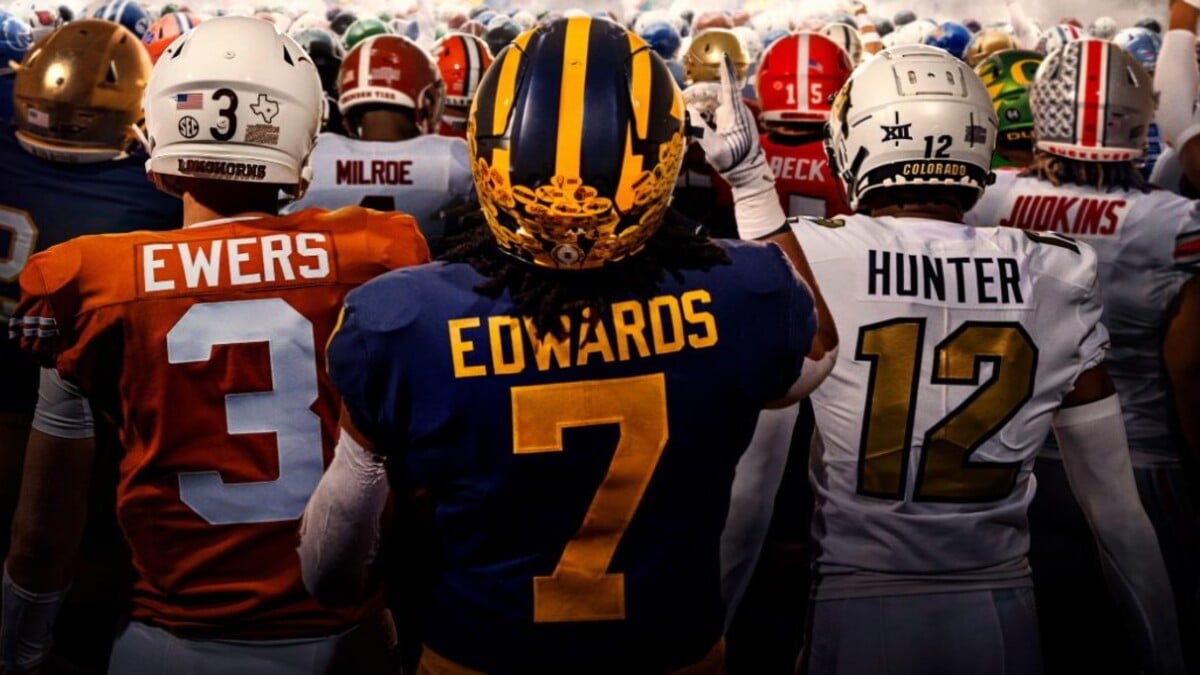

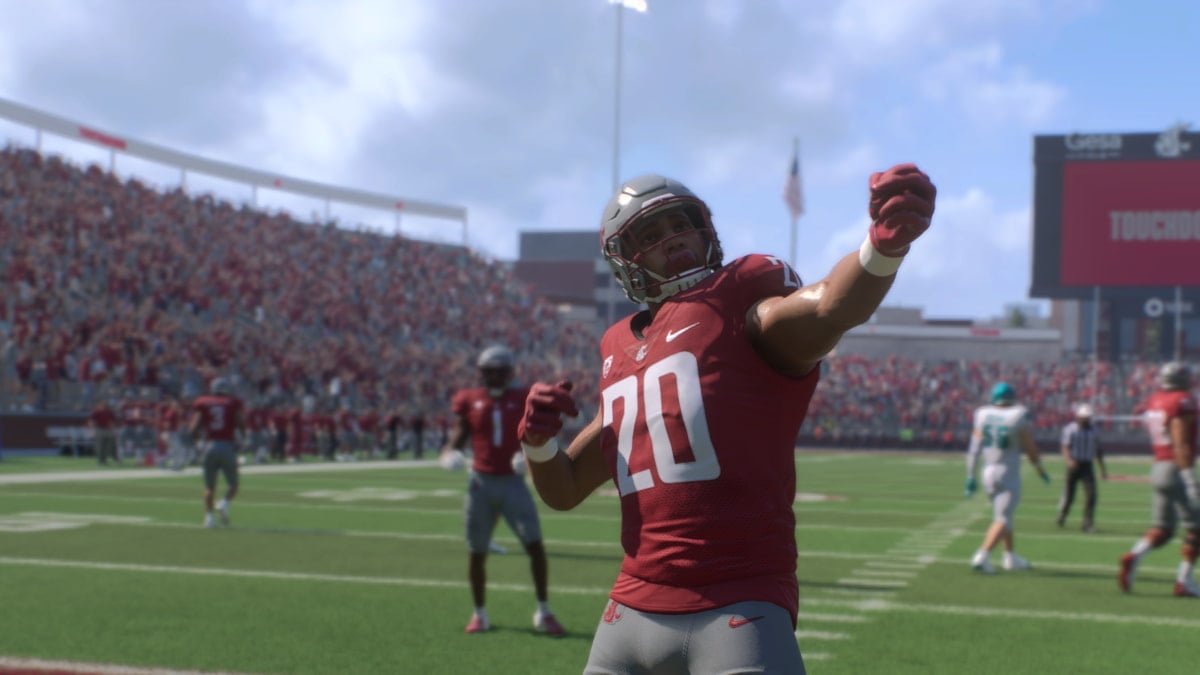
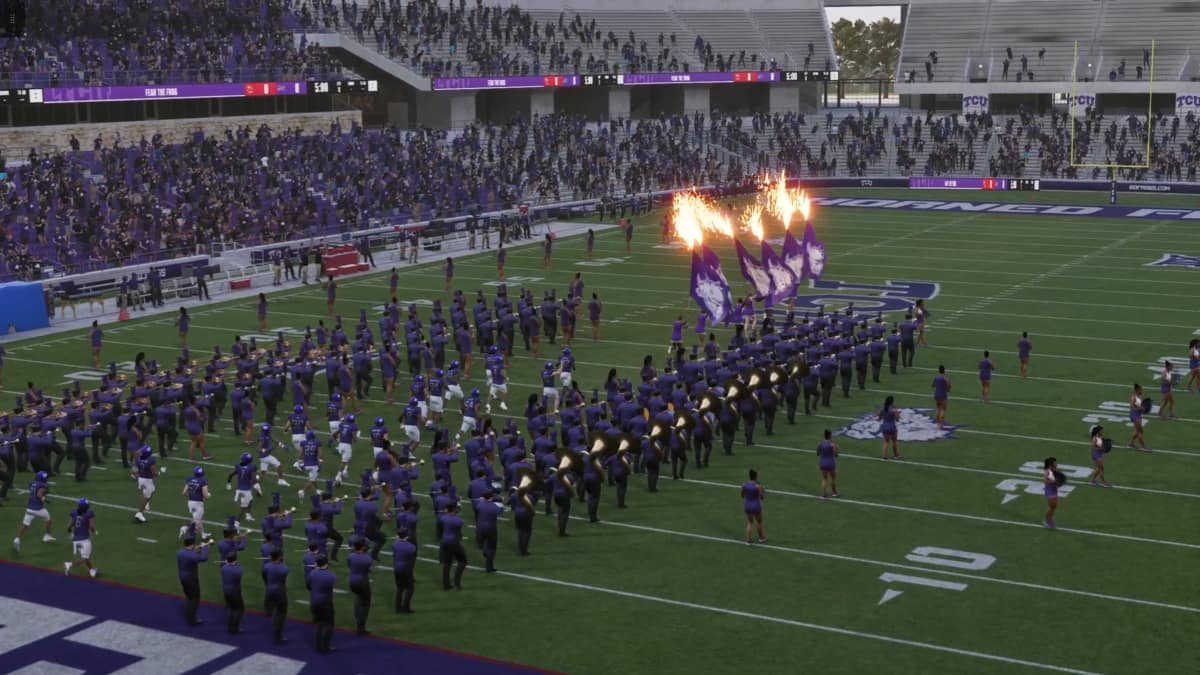

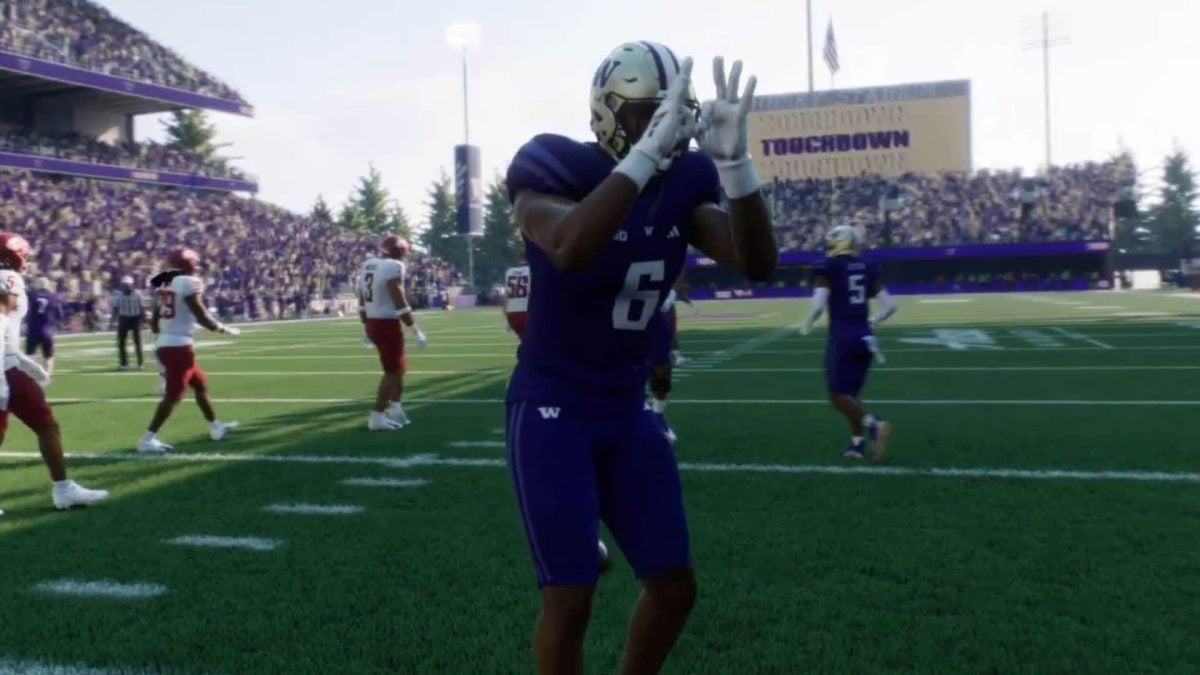


Published: Jul 16, 2024 5:46 PM UTC